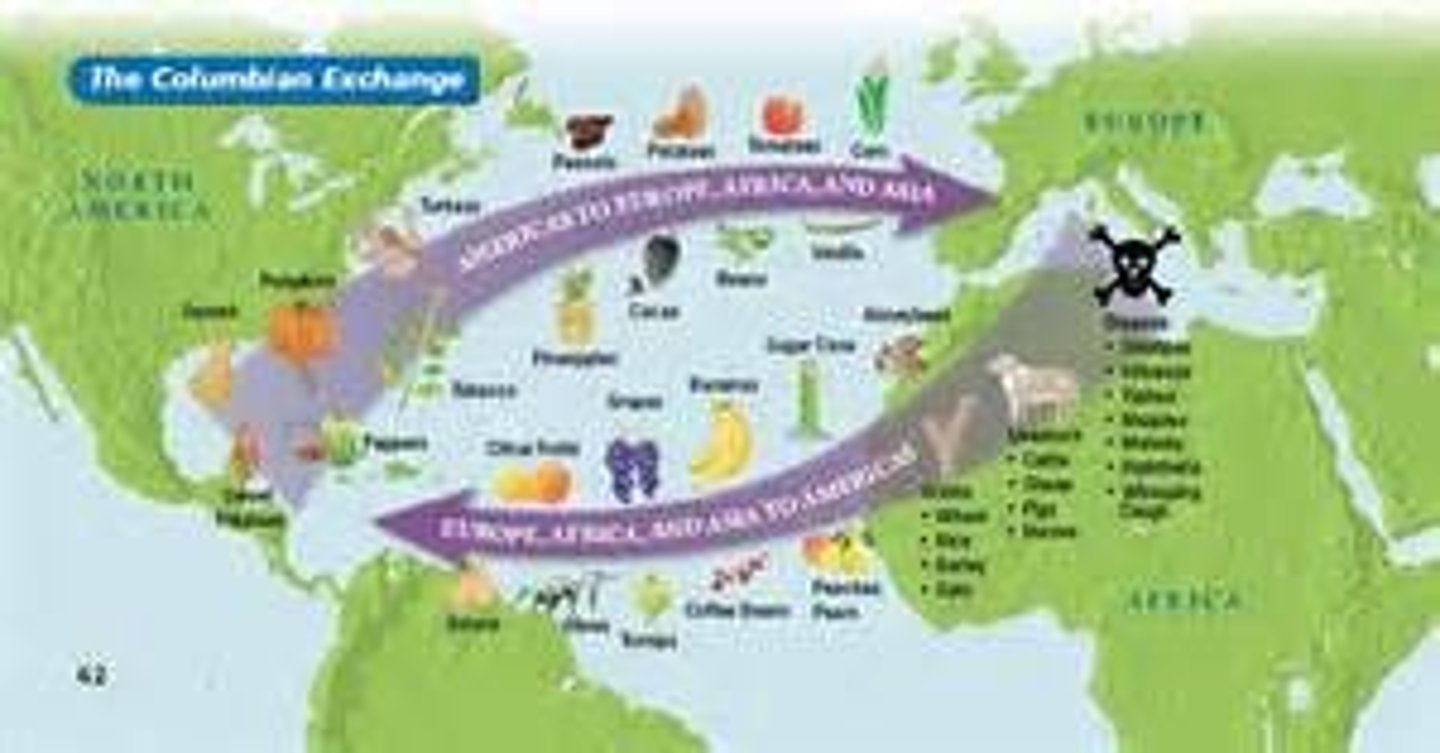Period 1: 1491- 1607 Indigenous societies and Spanish Settlement Diagram | Quizlet
1/9
There's no tags or description
Looks like no tags are added yet.
Name | Mastery | Learn | Test | Matching | Spaced |
|---|
No study sessions yet.
10 Terms
TERM
Pacific Northwest Tribes
DEFINITION
Dense population in an abundance of natural resources with dense woods and fishing. There were many distinct groups who controlled small territories and spoke different languages. Stratified societies ruled by wealthy families who nurtured strong warrior traditions to maintain control of their territories. Included the Chinooks; sophisticated fishing using dugout, ocean-going canoes; matriarchal, totem poles
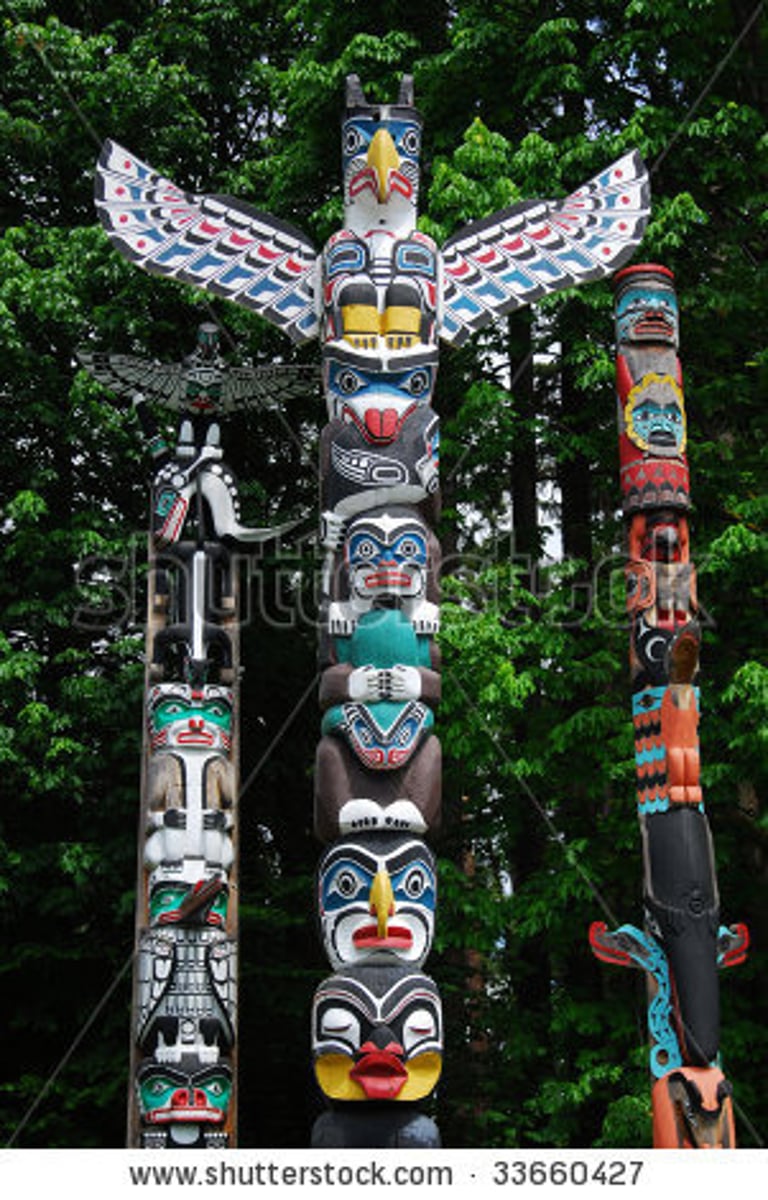
TERM
Desert Southwest Tribes
DEFINITION
Drier climate forced tribes to manage water effectively. The Hopi lived near cliffs that were cooler, easlily defended and could collect water in cisterns
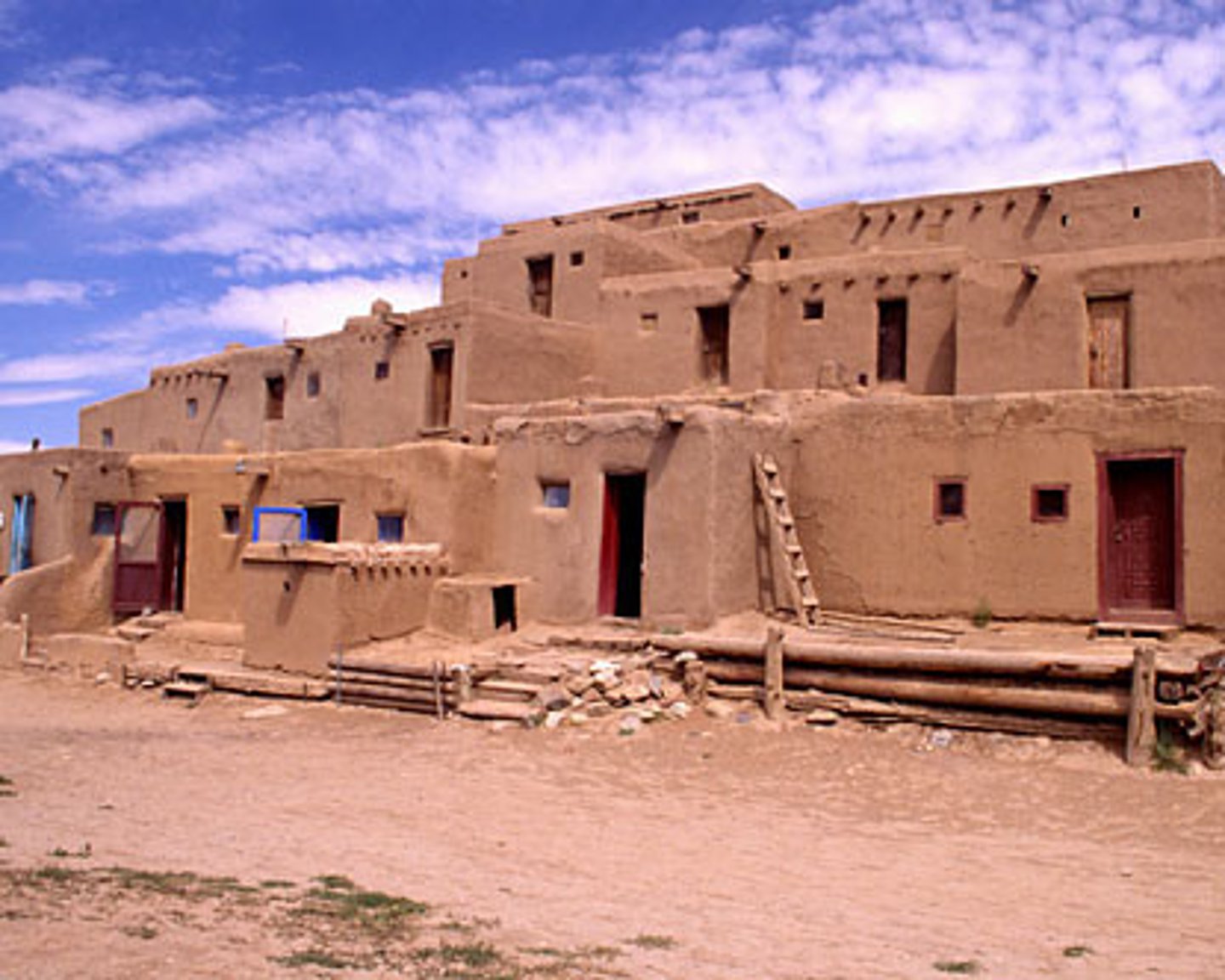
TERM
Eastern Woodlands Tribes
DEFINITION
Native Americans who adapted to a forest environment, hunters of deer and cultivated crops such as corn beans and squash. Complex societies such as the
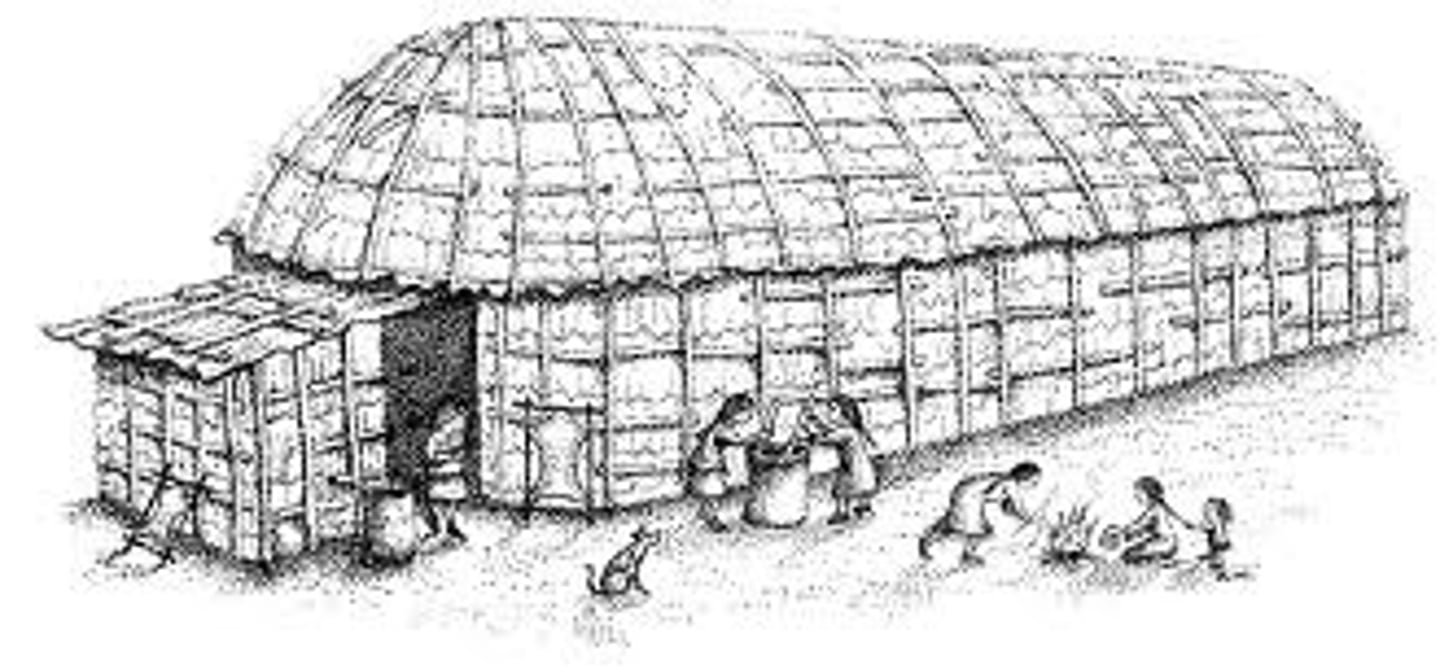
TERM
Great Plains Tribes
DEFINITION
These nomadic tribes, such as the Sioux and the Pawnee engaged in some agriculture of corn, beans and squash but primarily migrated with the herds of bison/ buffalo to survive and built homes out of buffalo skin called teepees
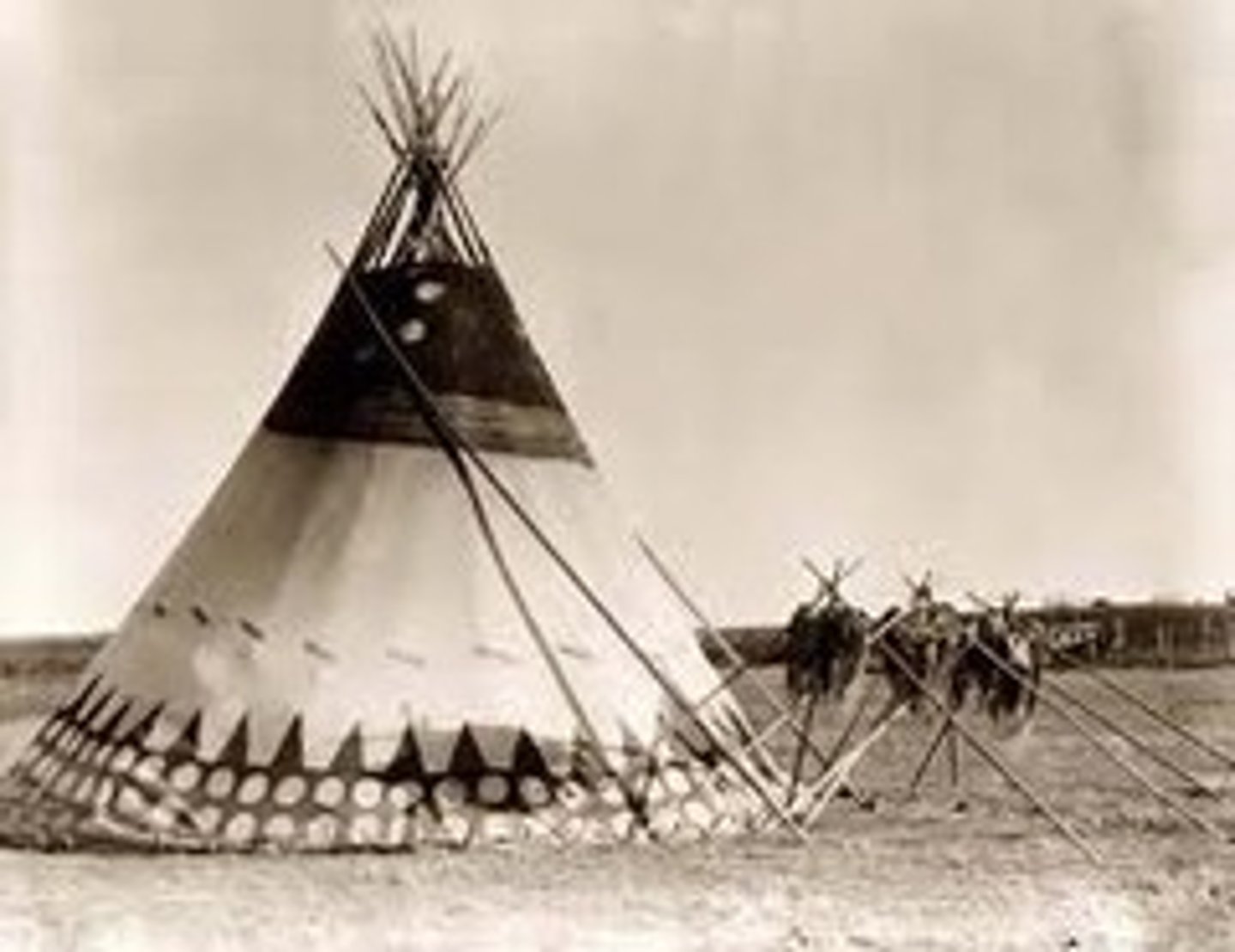
cultivation
Preparing the land to grow crops; improvement for agricultural purposes Natives sometimes did this by slash and burn or shifting _____________ by moving when the ground was less fertile to another area

private property
this concept was not developed in traditional societies in America but was brought over by Europeans especially capitalist English settlers

domesticated animals
Native Americans hunted or fished for meat because these were not brought to the Americas before the Columbian Exchange except the Llama
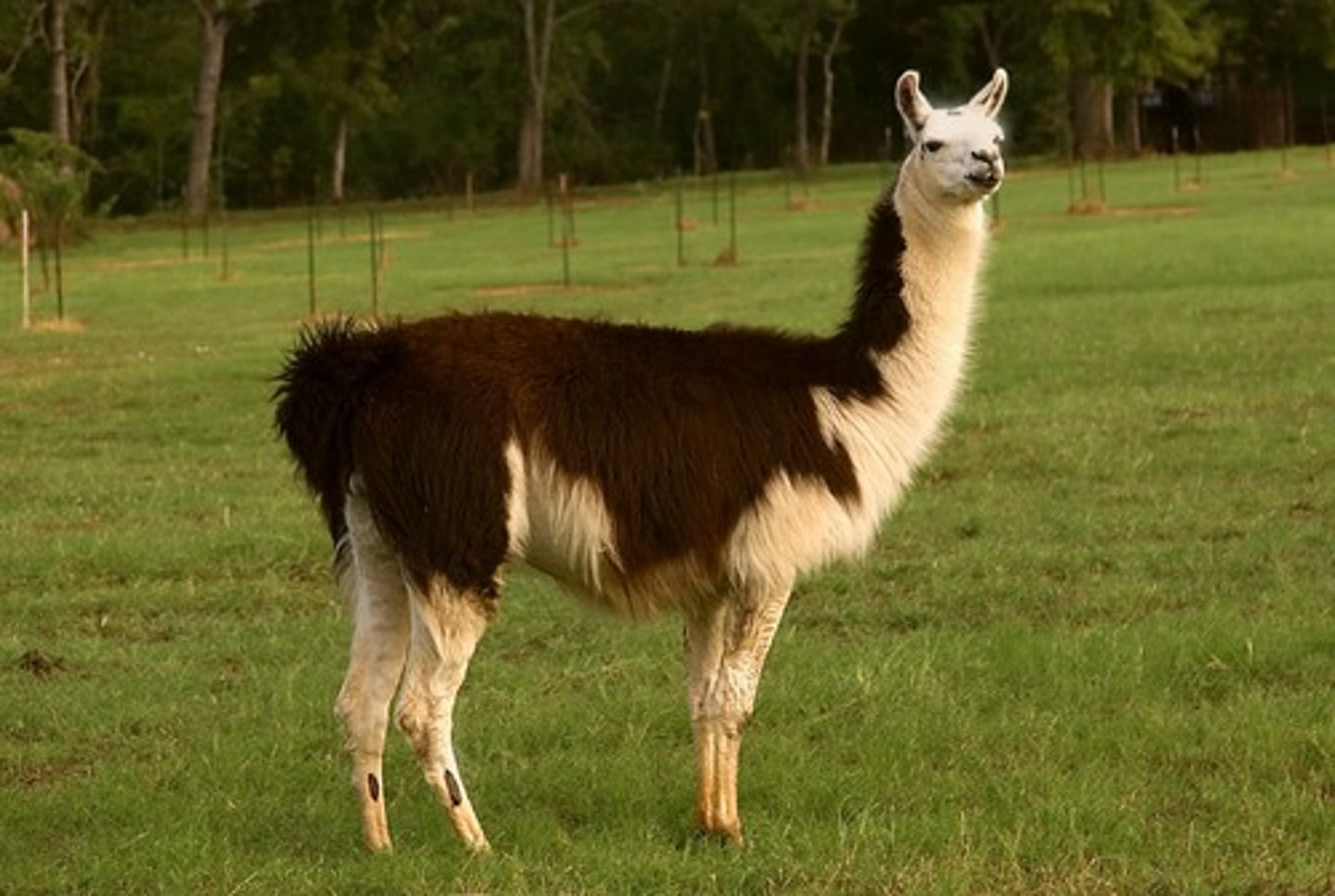
1491
DATE of Pre-Columbus (Start of Period 1)
Christopher Columbus
He mistakenly discovered the Americas in 1492 while searching for a faster route to India. Encouraged the exploitation of indigenous labor and support their conversion to Christianity
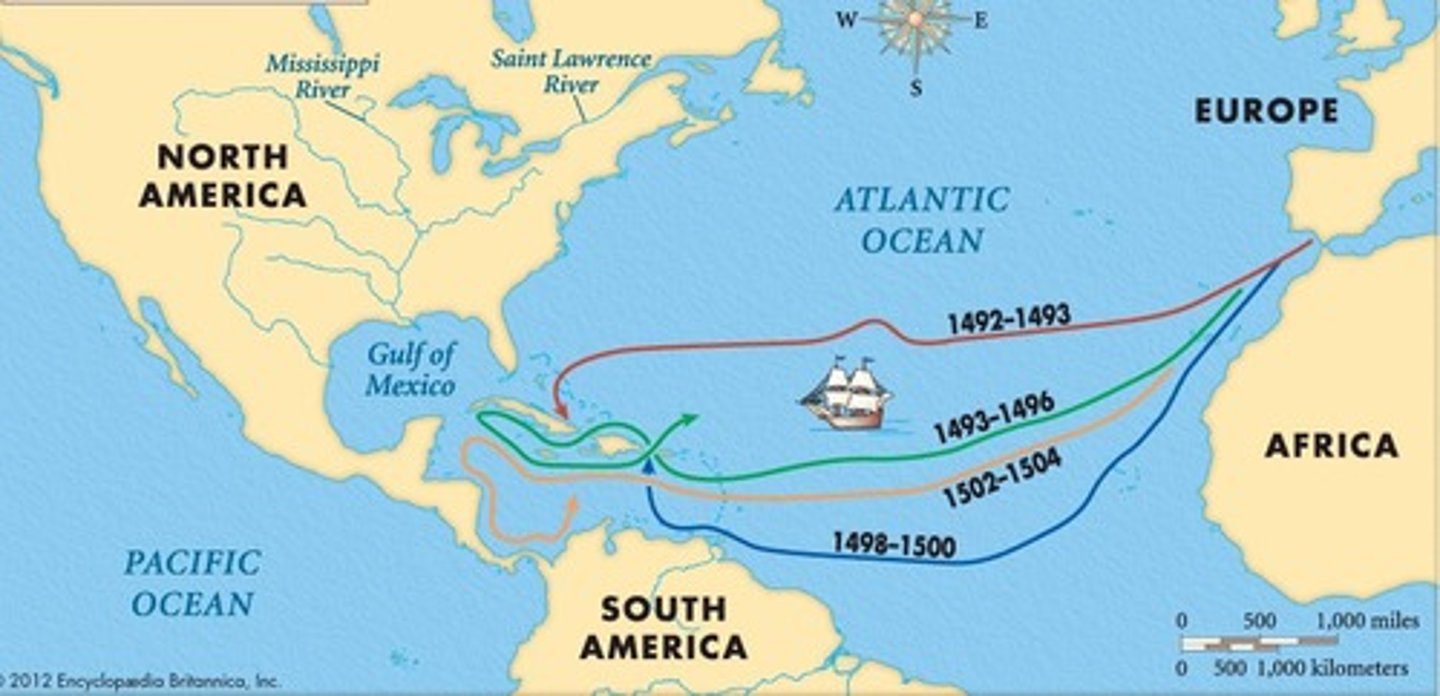
Colombian exchange
the biological exchange between the new world and the old world consisting of the old world bringing wheat, cows, horses, sheep, pigs, sugar, rice, coffee, smallpox, malaria and yellow fever. while the new world sent gold, silver, corn, potatoes, tobacco, and syphills
